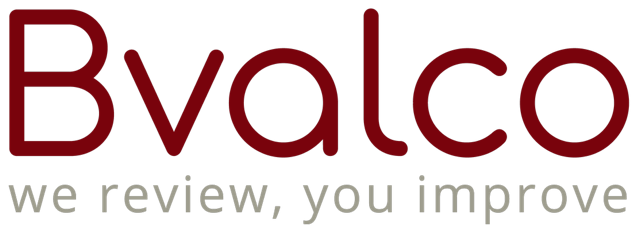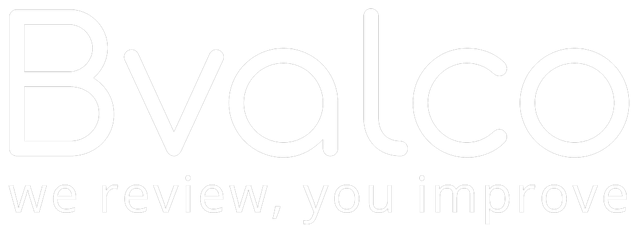James Bagge is the executive chairman and co-founder of Bvalco, a board evaluation consultancy focused on helping boards become fit for the future.
Good leaders think strategically, involve, and inspire their team and measure performance. My last article was about ‘thinking strategically’. This one is about involvement.
On March 7th, 2023, the FT reported that the top executives of N26 accused the co-founders of one of Europe’s most highly valued fintech’s of promoting a “culture of fear” that threatened to drive the group into a “downward spiral”.
The co-founders were accused of a “lack of trust in executives and broad organisation” that was resulting in “confusion”. They spoke of a habit of “rewriting history on agreed topics” and a tendency to “shoot the messenger” if decisions taken turned out to be wrong. “Of particular concern is the establishment of a culture of ‘fear’ and blaming, fostered by many of the behavioural problems we want to address”.
This and other recent disastrous examples of coercive leadership whether in politics, business or sport ….. ’Take your pick’….. surely prove the value of winning and facilitating the genuine involvement and buy-in of all members of the team.
The co-founders of N26 appear to be scoring rather poorly when it comes to ‘Involvement’. How does an effective board operate?
To involve means winning the ‘buy-in’ of the team members. To win buy-in, trust, openness, and respect are vital. A board is truly inclusive when an atmosphere is created in which people can say what they truly think and feel without fear of recrimination. On a board, roles, titles, expertise, age, and longevity can easily create a sense of hierarchy and power divisions – in a truly inclusive board all directors should feel they have equality in share of voice, that they will be listened to and heard.
To involve also requires good interaction within the team both in and outside the boardroom. This is principally the role of the chair, but others need to encourage that. Effective chairs oil the wheels of relationships by facilitating introductions, investing in social time so that directors can get to know one another beyond the boardroom and ensure there are no barriers that divide the execs from the NEDs, or worse, prevent NEDs getting to know the organisation at a deeper level.
This last point is reflective of the importance of what is perceived to be the third essential leadership ingredient of ‘involvement’. Good leaders’ ‘coach’. This may sound unusual in the context of a board, but the best boards know that to be effective they need to support and encourage others to develop themselves and to demonstrate a commitment to their own development.
So how do you rate your board?
Check in next month for Part 3 of the Series.
Share this article on LinkedIn!






